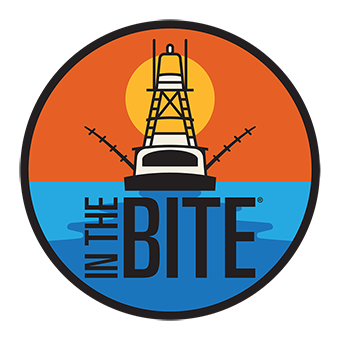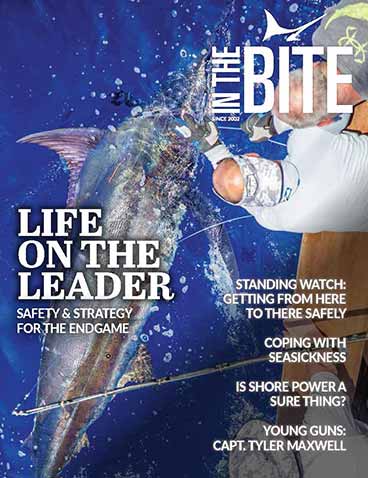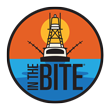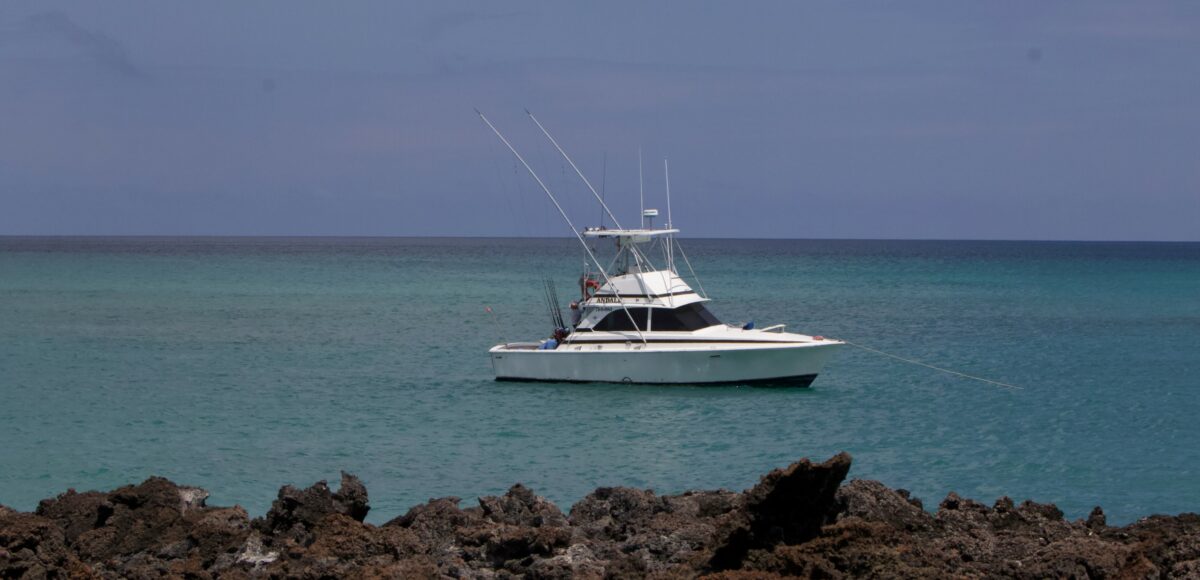By Elliott Stark
The Galápagos is such an amazing place that describing a trip to these islands is difficult. Whereas recounting the catch statistics in many places provides a pretty good indication of the experience, here it doesnt scratch the surface. Talking of only the number of giant ass striped marlin you catch in the Galápagos would be kinda like describing a culinary tour of the best restaurants in Italy solely in terms of how many calories you ate.
 Just as recounting catch information provides an inaccurate summary of the trip, describing the impact of the experience of visiting the Galápagos perhaps requires a bit of context. These islands are literally in the middle of nowhere. They are 583 miles west of continental Ecuador… from there, next stop China. This remoteness has influenced the region fisheries and wildlife and its history.
Just as recounting catch information provides an inaccurate summary of the trip, describing the impact of the experience of visiting the Galápagos perhaps requires a bit of context. These islands are literally in the middle of nowhere. They are 583 miles west of continental Ecuador… from there, next stop China. This remoteness has influenced the region fisheries and wildlife and its history.
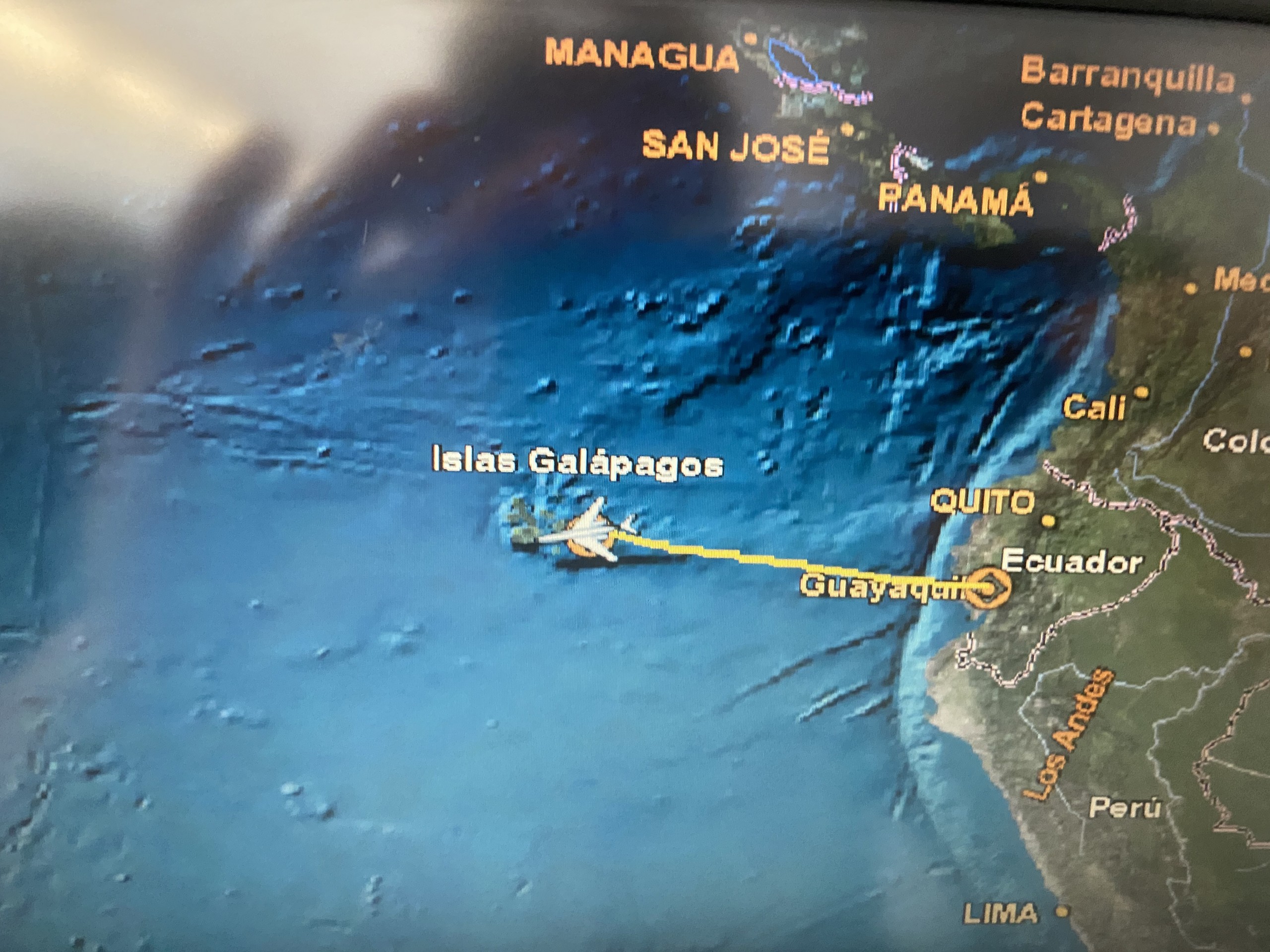
Historical Background
That the Galápagos is teeming with life is not news. Charles Darwin could have told you that in 1835. He was taken enough with the inhabitants of these islands that his experience here shaped his postulation of the Theory of Evolution. Though Darwin, an English naturalist, is the historical figure most famously associated with the islands, Las Islas Galápagos were discovered by the Spanish ships that were blown offshore when trying to sail to Peru in 1535.
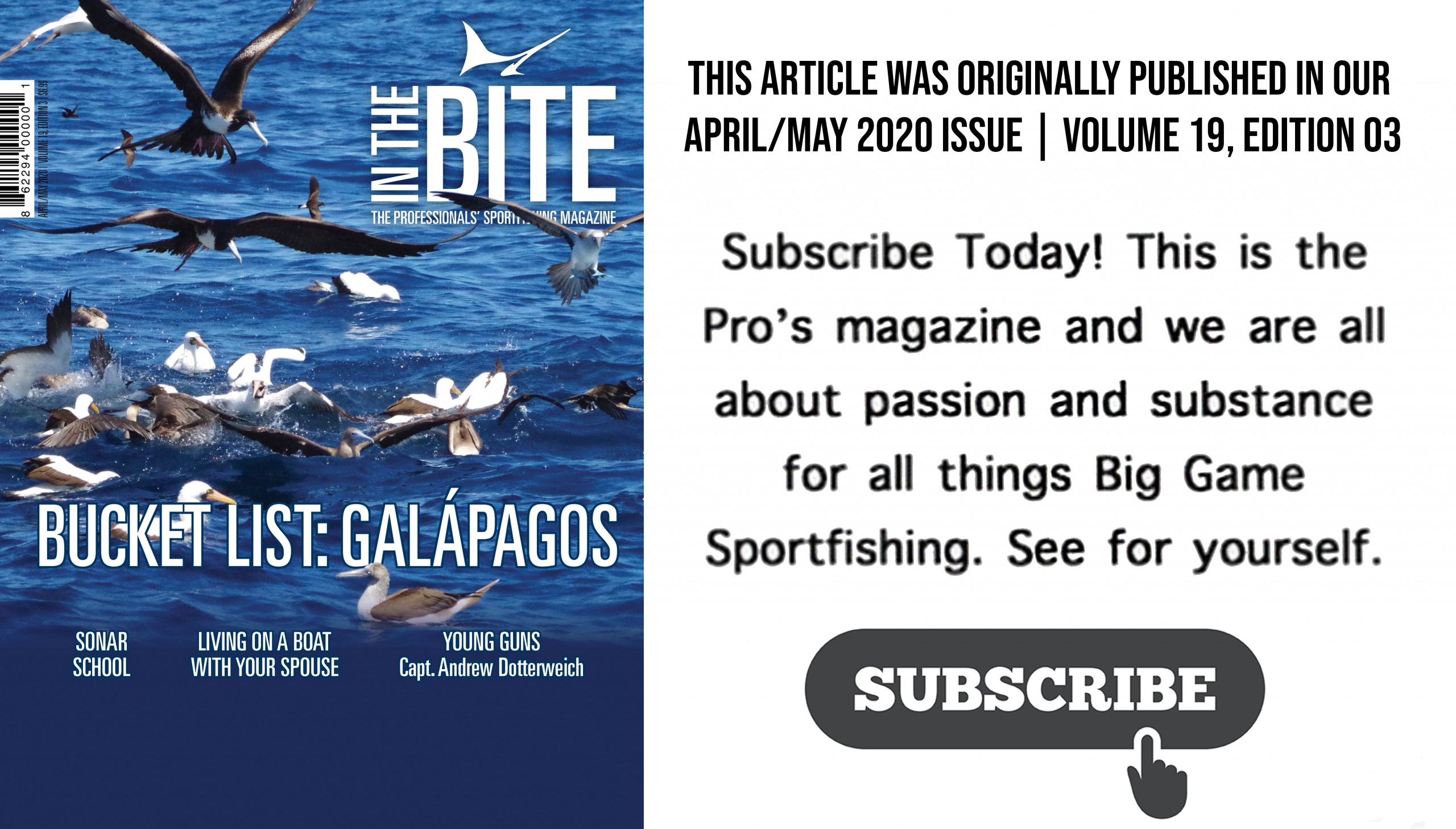 For islands that are so remote, the Galápagos have found themselves strategically positioned for the interests of a number of groups. The period between their discovery until the late 1700s, the islands were a hideout used by English pirate ships who attacked the Spanish treasure fleet. In those days, the waters off of Peru and Ecuador were ground zero for ships loaded with gold from the Incan empire en route to Spain.
In the late 1700s, the Galápagos provided a base of operation for whaling ships in the Pacific Ocean. Sperm whale oil passing through the Galápagos was involved in powering the Industrial Revolution. The Galápagos were annexed by Ecuador in 1832, visited by Darwin in 1835. During World War II, the islands were home to a US naval base for radar operation. By this time, the islands importance lie in protecting the Panama Canal.
In 1959, the islands were designated a national park. In the late 2000s, Tim Choate set up his fishing operation”which was largely the first time many outside of Ecuador considered fishing the islands. These days, the Galápagos is largely a tourist economy. In 2018, an estimated 275,000 people visited the islands.
For islands that are so remote, the Galápagos have found themselves strategically positioned for the interests of a number of groups. The period between their discovery until the late 1700s, the islands were a hideout used by English pirate ships who attacked the Spanish treasure fleet. In those days, the waters off of Peru and Ecuador were ground zero for ships loaded with gold from the Incan empire en route to Spain.
In the late 1700s, the Galápagos provided a base of operation for whaling ships in the Pacific Ocean. Sperm whale oil passing through the Galápagos was involved in powering the Industrial Revolution. The Galápagos were annexed by Ecuador in 1832, visited by Darwin in 1835. During World War II, the islands were home to a US naval base for radar operation. By this time, the islands importance lie in protecting the Panama Canal.
In 1959, the islands were designated a national park. In the late 2000s, Tim Choate set up his fishing operation”which was largely the first time many outside of Ecuador considered fishing the islands. These days, the Galápagos is largely a tourist economy. In 2018, an estimated 275,000 people visited the islands.
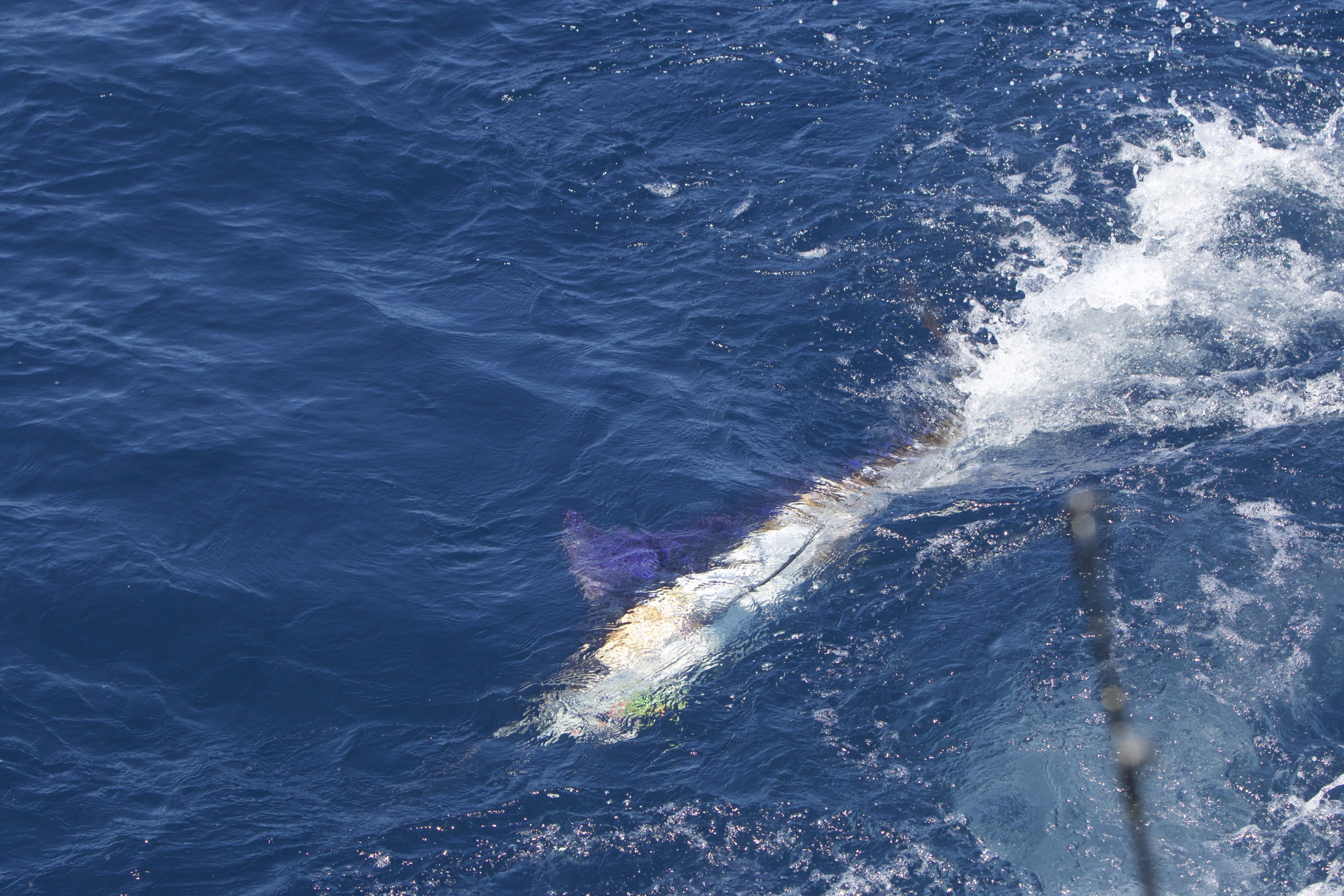
A nice one.
Geography
Looking at a map of the Pacific, it immediately apparent that the Galápagos are physically isolated. This isolation is central to most everything about the Galápagos. A volcanic archipelago, the islands share a similar origin with many Pacific island chains”Hawaii and the like. The Galápagos sit at the intersection of three major ocean currents. The Peru Current brings cold, nutrient rich waters northward along the Pacific Coast of South America before spinning westwardly into the path of the Galápagos. The warm Panama Current runs from the north, the result of the Pacific Equatorial Counter Current deflection off of the coast of Central America. These currents intermix with waters deflected to the ocean surface by upwelling of the deep water Cromwell Current that flows into the Galápagos from the west. Places in the world where deep waters are deflected to the surface are generally among the most productive, the Galápagos is no different.
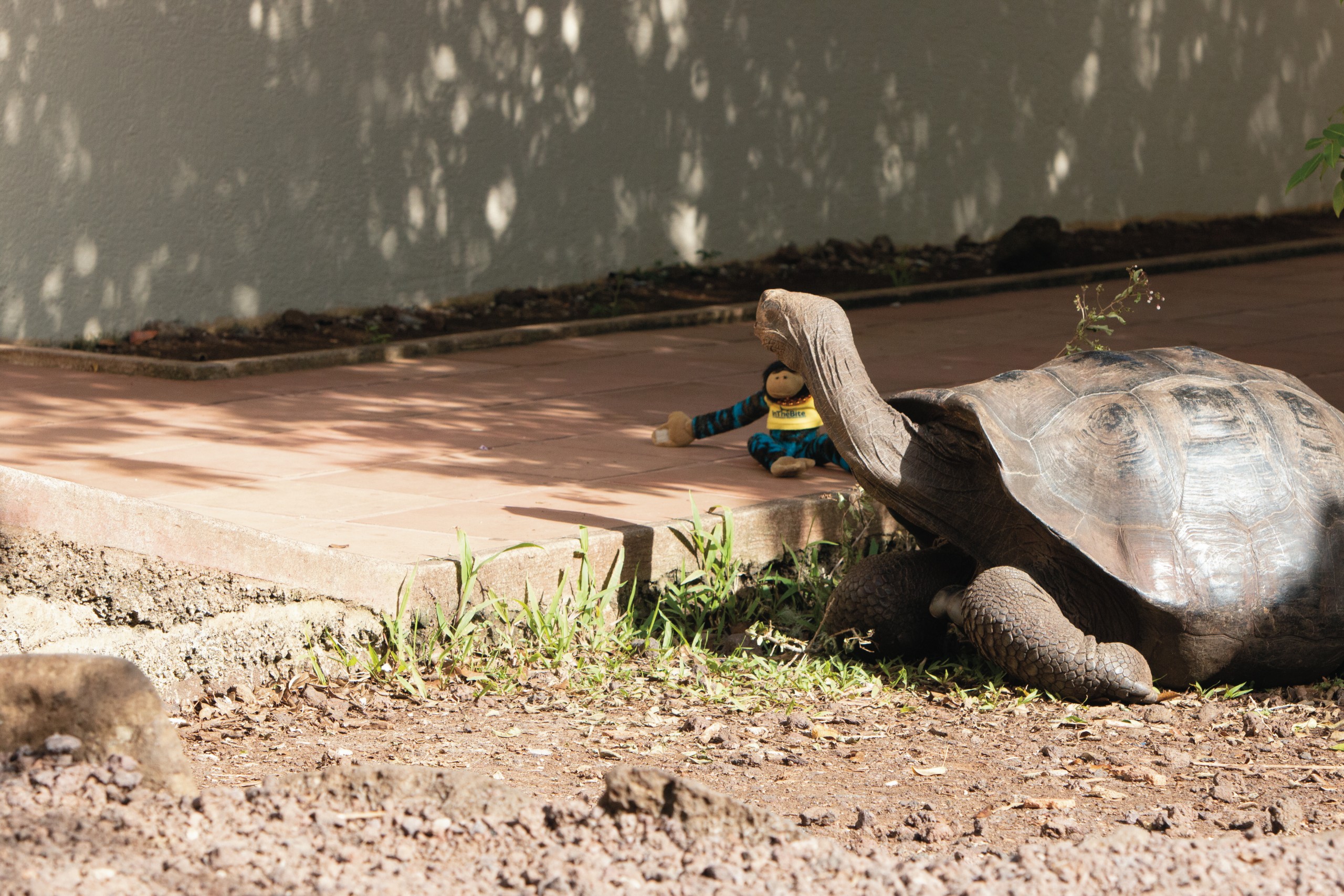
Perhaps the InTheBite monkey closest brush with death¦Being hissed at by a giant Galápagos tortoise.
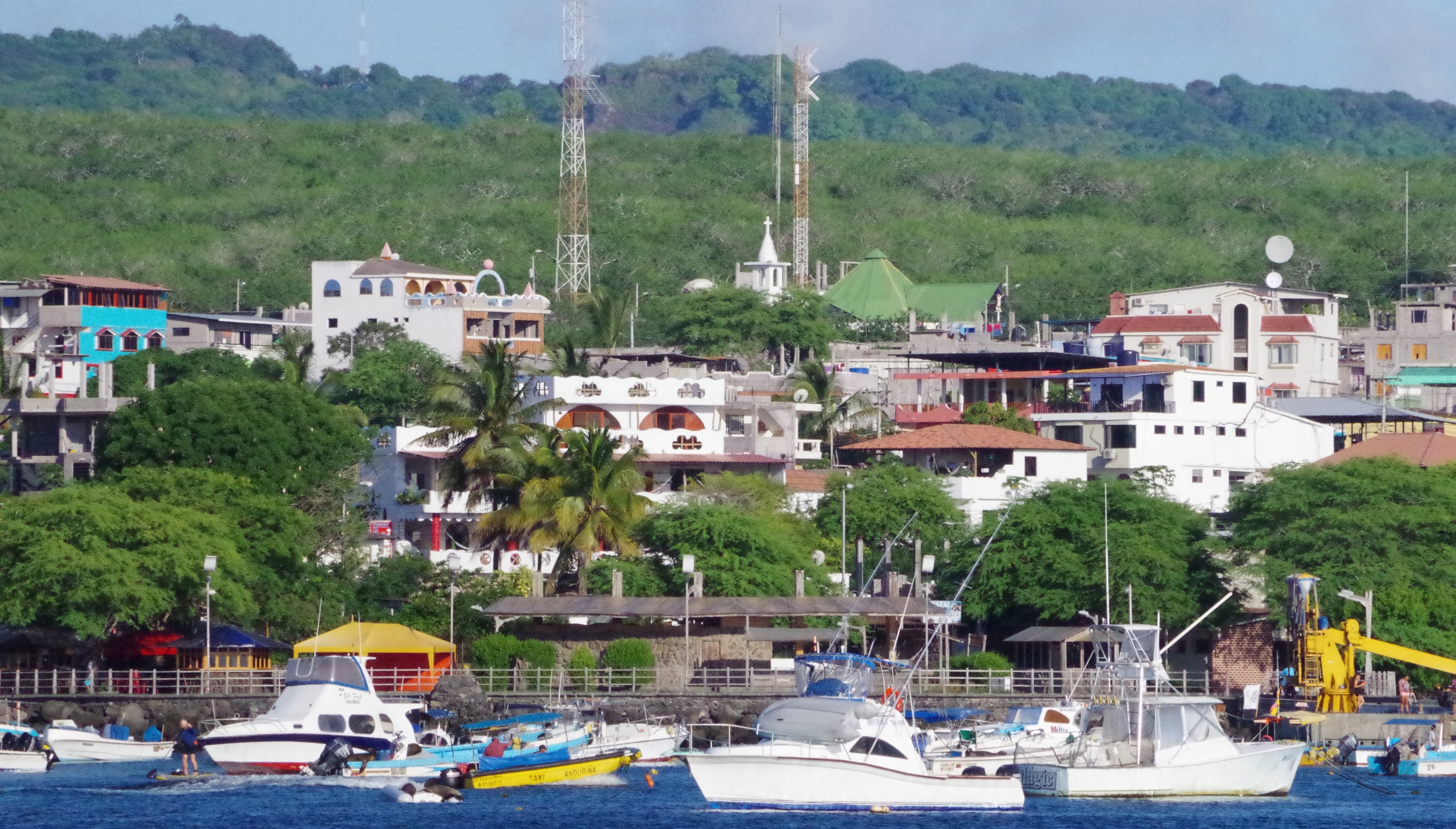
The harbor
Galapwonder
Juan Kayser and his family own and operate Galapwonder charters out of San Cristobal, the easternmost island in the Galápagos. Operating out of a 37 Bertram, Galapwonder offers a diverse charter regime to clients. Juan was a more than gracious host for our trip in February. On the trip were Dale Wills, his ten-year-old son Zachary, and myself. Our itinerary included two days of marlin fishing and a day of excursions in the park. The third day of the trip included hiking in lava fields and into caves within them, snorkeling around León Dormido (a rock formation whose silhouette looks like a sleeping lion), and bottom fishing. While it might sound odd to go snorkeling instead of striped marlin fishing, it was really quite an experience. The rock feature juts out of the ocean to perhaps 300 feet or so. Beneath the waterline is a sheer drop that is covered in coral. Grouper, snapper, all kinds of reef fish cling to the wall. The area is a cleaning station for hammerheads and other sharks. We also swam with a sea lion, a bunch of turtles and some manta rays. The volcano was a wild and interesting experience as well.
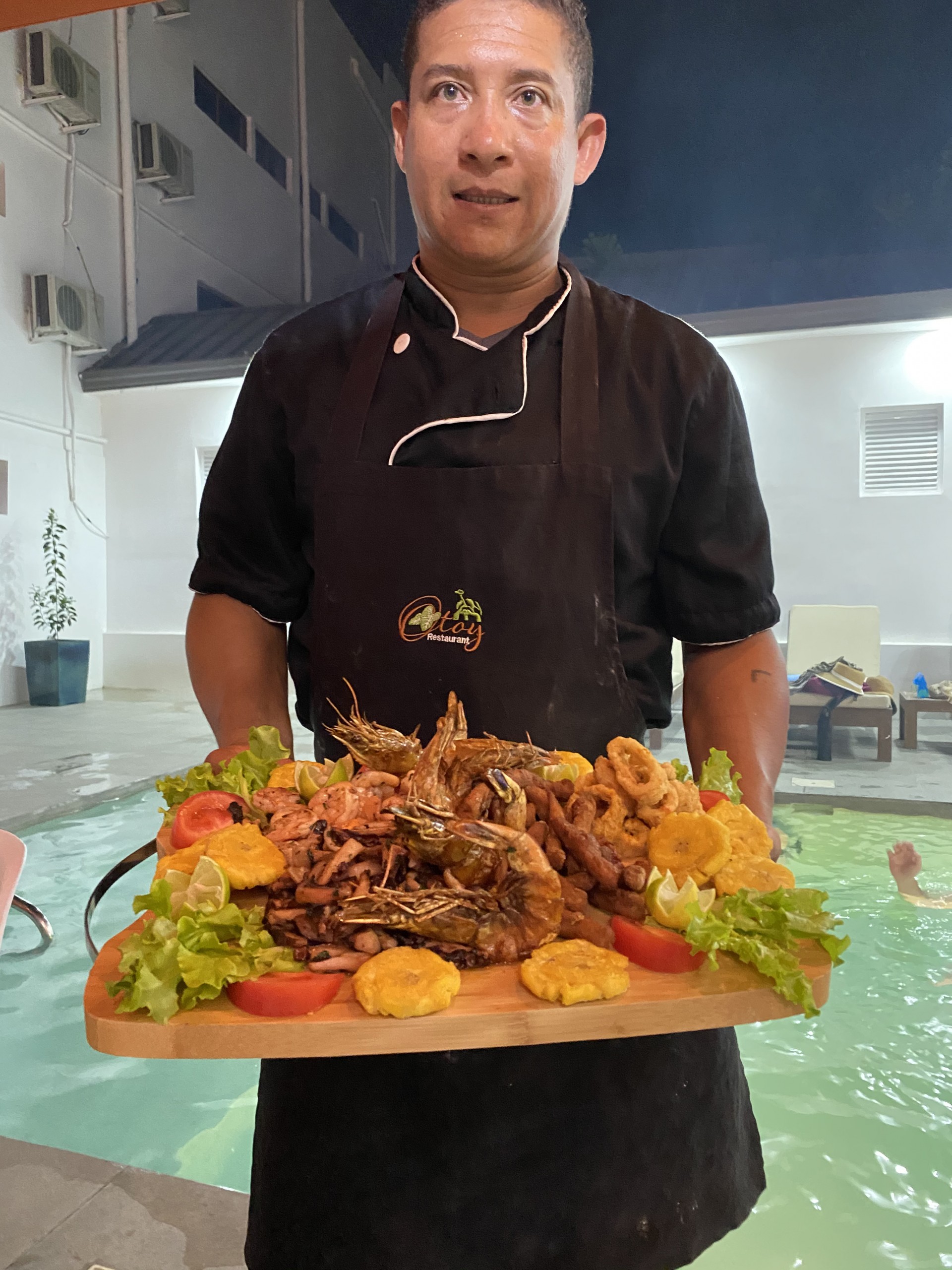
Chef Willy, the head chef of Galapwonder Lobster Shack, with the restaurant headliner”the seafood platter.
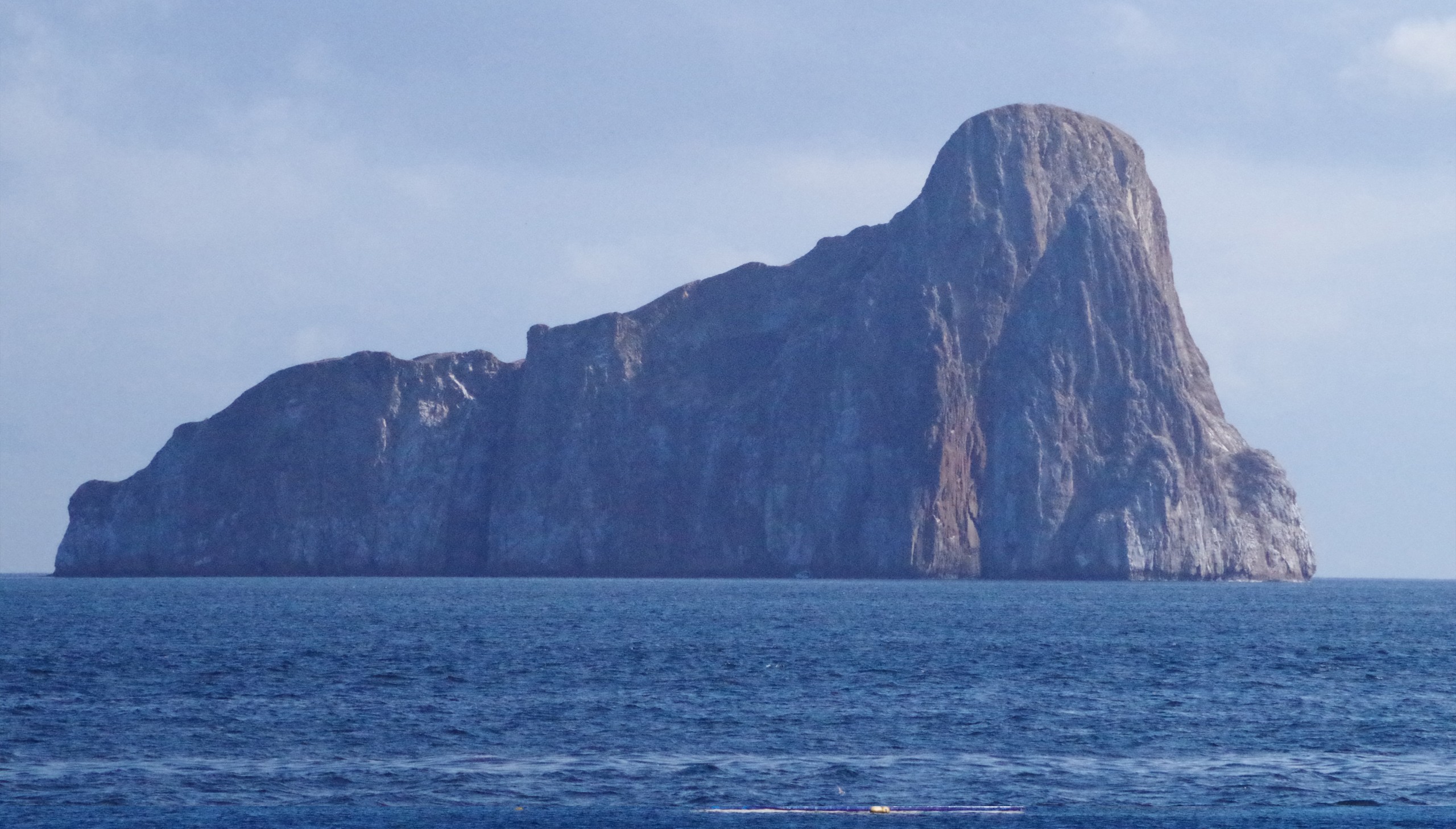
León Dormido, the sleeping lion, a striking rock formation that is surrounded by all manner of sea life.
The Fishing
The Galápagos primary claim to fame in sportfishing circles are the mobs of very big striped marlin. The fishing season here runs from January through June, with February and March being typically the peak. The fishing generally involves running to banks offshore. Once on the grounds, the presence of bait is betrayed by flocks of diving booby birds and frigates. The sight of the birds mobbing a bait ball is one to behold. Even 30 miles offshore, sea lions get in on the action, alternatively lounging around on the water surface and attacking bait while porpoising through the water. When you hit it right, it does not take long for the reports of the great striped marlin fishing to be borne true. There is so much bait in the water that the ocean seems alive. The striped marlin run much larger here than in their other haunts on this side of the world. Kayser estimates the average fish to come in between 150-200 pounds. Galapwonder normal arsenal for targeting the stripes here is pulling lures on Alutecnos 50-wides and a bridge teaser on either side. For those who have spent time fishing in Cabo and wonder if 50-pound gear is overkill for striped marlin, but these fish are a bit different. They run larger than those in Cabo and even those that are caught on the mainland of Ecuador”some 600 miles away. The fish come in fired up and ready for action and fight like they mean it. If they are able to get into the current that runs beneath the surface, it can take some doing to wench them out¦ especially if you hook a 200-pound striper on a 30. On the first day our trip, we caught two striped marlin and a hand full of dolphin. While we only got two to the boat, we had 11 bites and saw more than 20. Many of the fish we saw were in groups of two to five, tailing on the surface or lazily swimming about. There was enough food around that they seemed full and content to watch us pass by without committing to eat a lure or a ballyhoo that we packed down from the states.
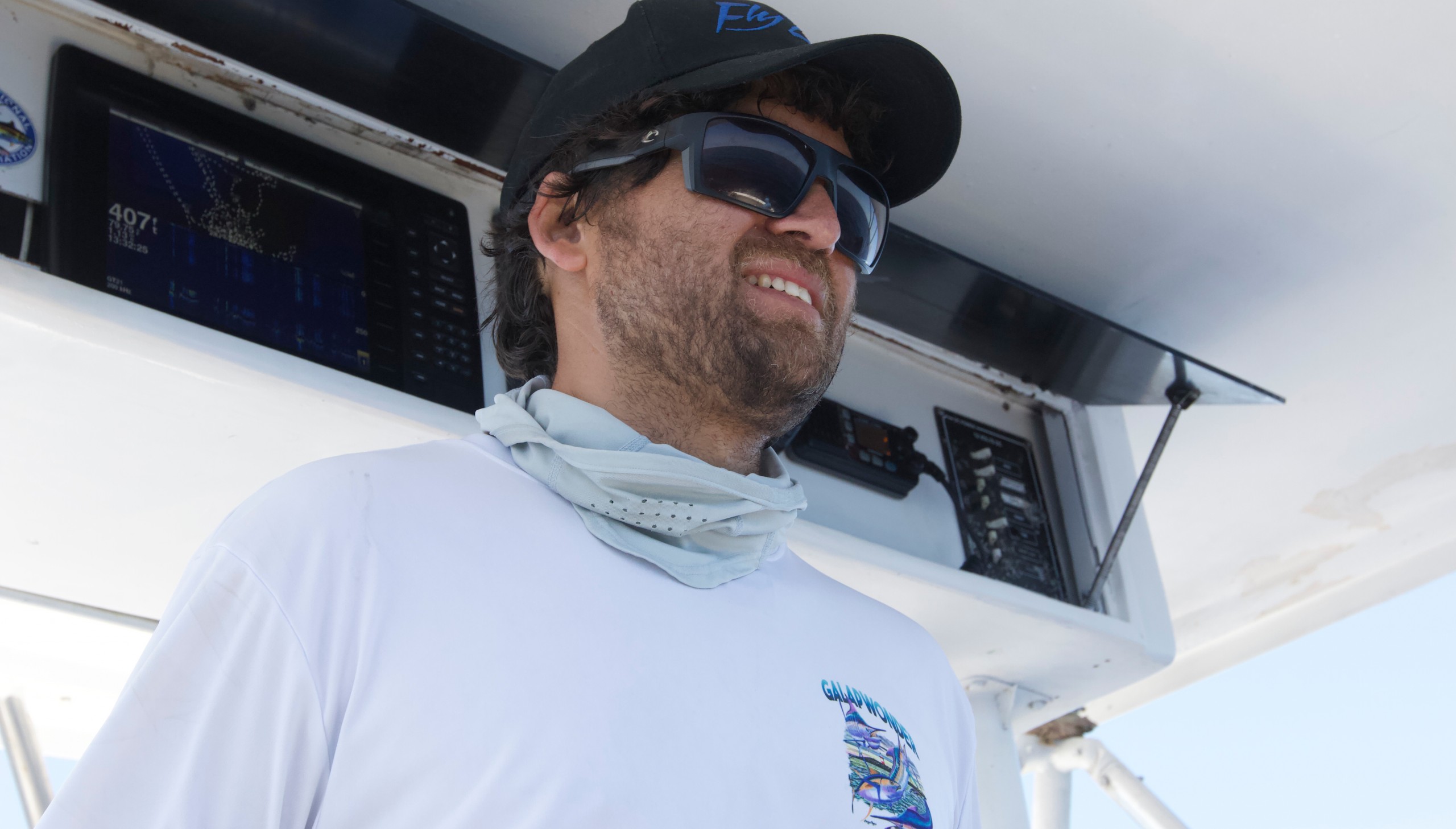
Juan Kayser, first rate captain and host extraordinaire.
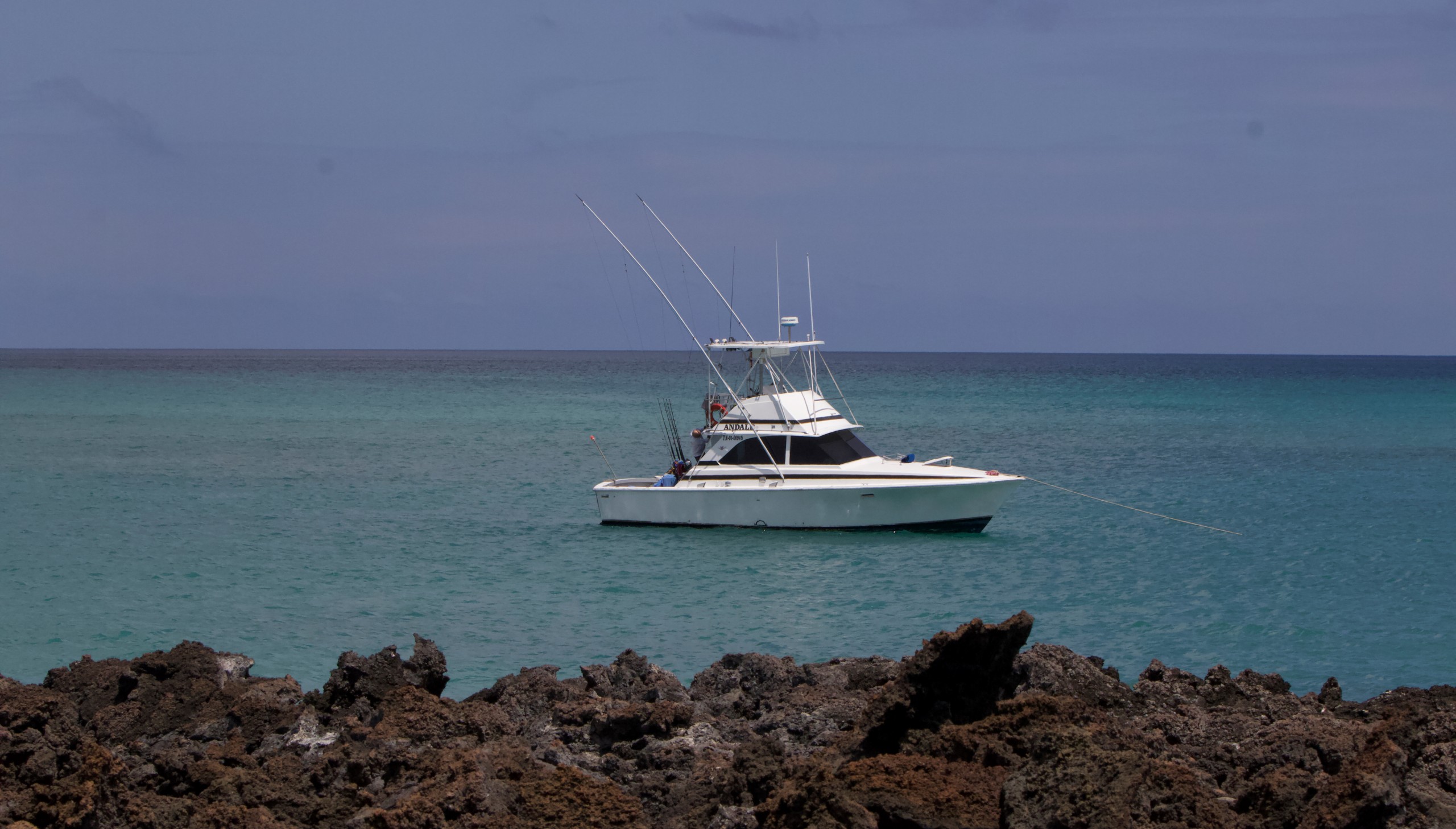
The Andale, 1977 37 Bertram that put us on the fish. In the foreground is a lava field that made for a pretty neat hike.
Fishing in The Galápagos
The Galápagos has a good run of big tuna in some years. Given its dependence on ocean currents, some years the tuna show up in great numbers, others they do not. There is also a bit of variability in the fishing between the different islands. While San Cristobal, where we fished, gets mostly striped marlin, with a few blues mixed in, the Island of Isabela”which is a bit to the west of San Cristobal”gets a consistent run of big blue marlin each April. Fish in the neighborhood of 400-pounds are common, with reports of substantially larger fish being somewhat common. Isabela also gets a number of black marlin. The fish are not common enough to target, but when they see one it tends to run large. They also get good numbers of tuna, a solid wahoo bite at certain times of the year and encounter swordfish with regularity. The average fish, Kayser reports, is of the 80- to 100-pound variety. With all of the incredible fishing opportunities in the Galápagos, youd imagine there to be a fleet of 100 boats and a contingent of those from the mainland traveling in and out each season. This is not the case. There are not many operations fishing in the Galápagos and private boats are not permitted to fish within the Park boundaries. If a private boat comes to the area, it may transit between the islands with ranger on board, but may not fish within the reserve. If you want to fish the area, it must be on a registered boat with a permitted operator”such as Galapwonder. The permit system is an interesting one. Its origin lies in efforts made to conserve the islands fisheries. There used to be a very active number of artisanal commercial fishermen operating in the Galápagos. As a way of conserving fisheries resources without displacing livelihoods, the Galápagos set up a permit system whereby the commercial fishermen were given operating permits to run boats in the park. Through time, these permits have come to allow them to operate the sportfishing boats that work within the park. The permits are tied to the holder. The permit holder can then register his boat and fish in the area. Companies can enter arrangements with permit holders, but each permit holder is entitled to register one boat to operate. Galapwonder is planning to upgrade its boat for the 2021 season, but the avenue by which it happens is much more complicated than simply buying a boat and bringing it to the islands. The regulations that govern access to fishing are complicated. They effectively limit access to fishing in these waters. In many contexts limiting entry to sportfishing activities is a bad deal, but the fact that there are still areas that dont get covered up with boats is somehow part of the charm of the Galápagos. As a result, if you want to experience the Galápagos and its striped marlin fishery, youll have to do it with a licensed permit holder and fish with a park ranger on board. Beyond the difficulty in registering boats to fish, there is the setting of the place. The boats in San Cristobal are moored in a protected harbor. Getting to them each morning requires a boat taxi ride that is an easy deal, if you dont accidentally step on a sleeping sea lion. Returning to the fuel dock is a trip back in time. The fuel is delivered to the boat in the form of a pickup truck carrying two or three 55 gallon barrels. From there, gravity takes care of the rest, pushing the fuel through the hose (which is tossed to the boat) and into the tank. Similarly, the islands do not have haul out capability. Bottom work is done on certain beaches at low tide. The Galápagos are a wild and rugged place, endowed with a certain charm that is all their own. The fishing here can be great, but it worth the trip even if you dont fly 15 striped marlin flags per day. There is much to be seen (did you know that sea lions really seem to enjoy barking at and biting one another, even without much apparent provocation?) It is easy to see why Charles Darwin enjoyed them so much.
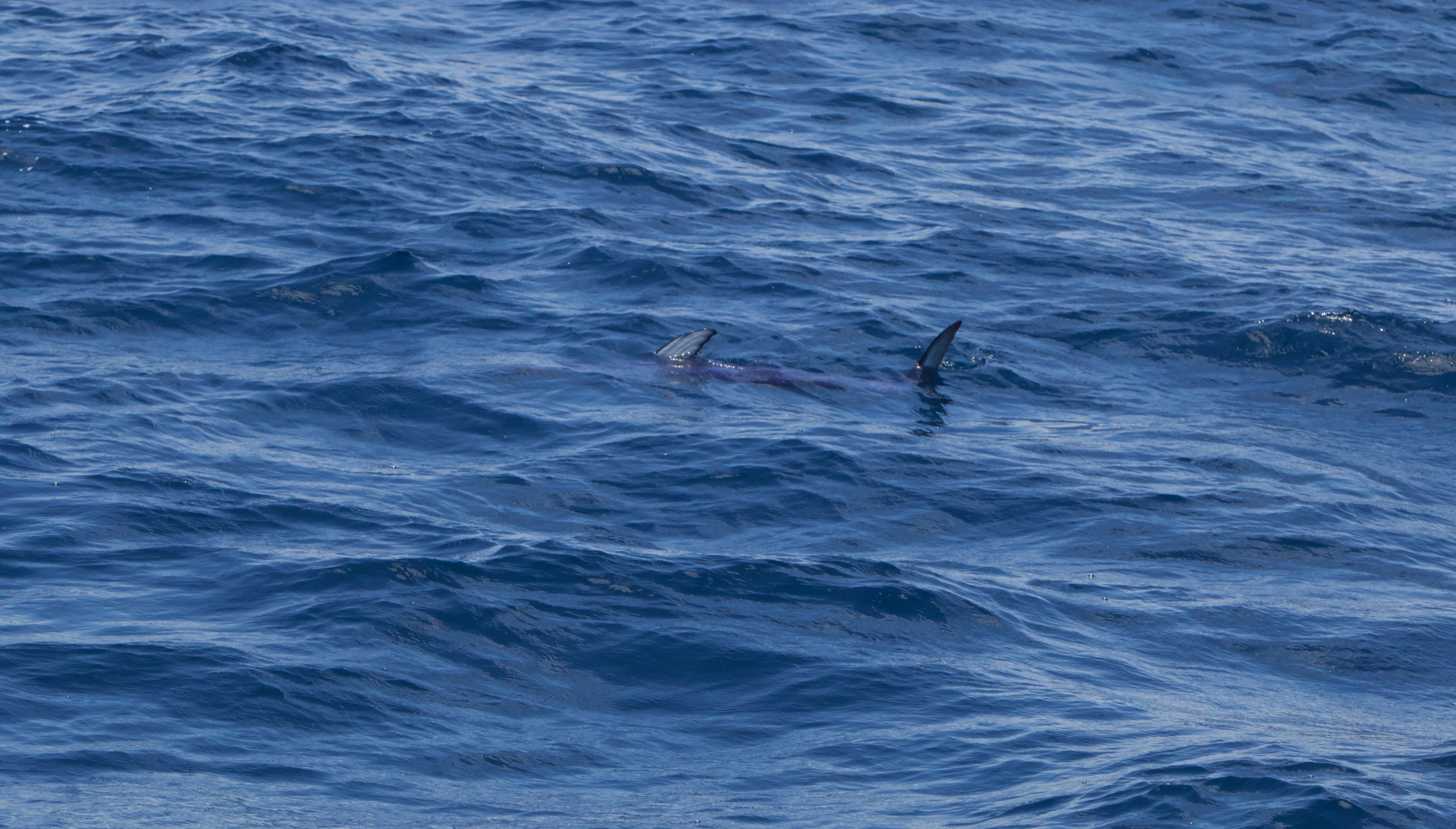
A Swordfish cruising under the surface just offshore of the islands.
Getting to the Galápagos
The first Europeans ever to discover the Galápagos were blown offshore of Peru. Charles Darwin got here on a Beagle¦ a wind-powered ship by that name. Fortunately, visiting the islands is much easier these days. There are regular flights to and from the islands into and out of Guayaquil, Ecuador”a city that also has a full-service international airport. Kayser explains that some groups fly down to Quito, Ecuador, a city through which the Equator passes. Quito has a good tourism infrastructure with quite a bit to do, but does not offer flights to the Galápagos. After spending a couple days enjoying Quito, these groups fly to Guayaquil to board a plane to the islands. For more info on traveling to Galapwonder send us a message.
